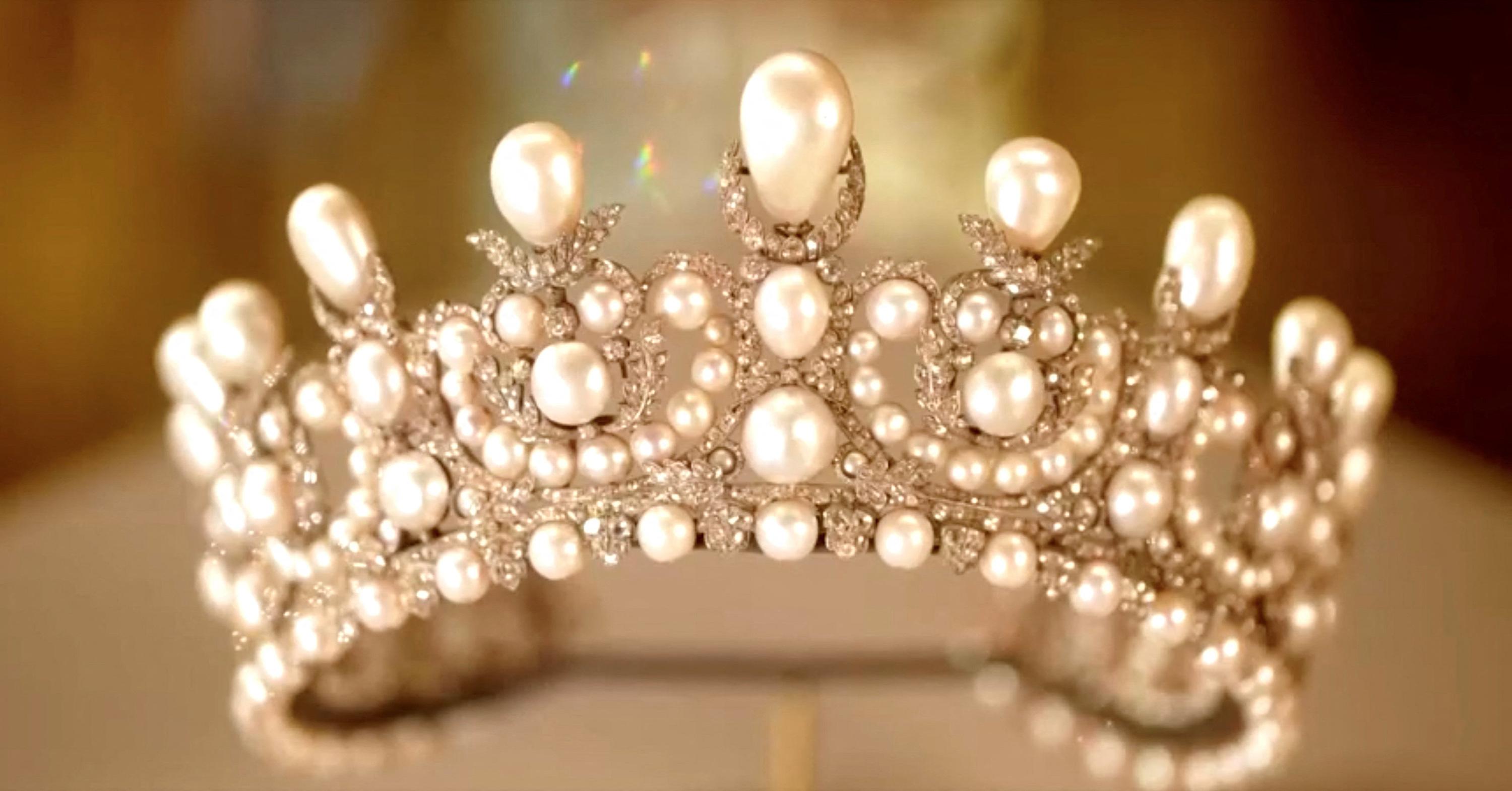Louvre Jewelry Theft Sparks Debate on Security and Cultural Heritage Responsibilities
The recent theft of royal jewelry at the Louvre has raised critical questions about museum security, insurance policies, and the moral responsibility to protect France's cultural heritage.
- • Eight royal jewelry pieces stolen from the Louvre, not insured against theft.
- • Security experts highlight ongoing vulnerabilities and neglected safety measures at the museum.
- • The theft is viewed as a moral crisis concerning the neglect of France's historical treasures.
- • Descendant of Louis XIV urges political responsibility and a unifying vision for heritage preservation.
Key details
On Sunday morning, the Louvre Museum suffered a significant theft involving eight priceless pieces of royal jewelry, including diadems, necklaces, and earrings embedded with emeralds, sapphires, and diamonds. The Ministry of Culture confirmed that these invaluable items, held in the Galerie Apollon and described as having "inestimable cultural value," were not insured against theft, as the French state traditionally acts as its own insurer for artworks in their usual conservation locations, citing insurance cost concerns (ID 108646).
This incident has stirred sharp criticism regarding the museum's security protocols. Criminologist Alain Bauer condemned the Louvre's security measures, highlighting that such thefts are hardly new—recalling a similar high-profile theft in 1976 involving the sword of Charles X. Bauer pointed out frequent security breaches in museums and referenced the Cour des comptes report that surfaces a persistent conflict between the Louvre’s accessibility to the public and maintaining adequate safety measures. Alarmingly, he noted that basic fire safety protocols have been neglected for 30 years, and security for invaluable items remains insufficient (ID 108647).
Beyond security and insurance issues, the theft has prompted a profound reflection on France's cultural and moral stewardship. Louis de Bourbon, the legitimist claimant to the French throne and descendant of Louis XIV, emphasized the symbolic and moral gravity of losing such historic jewels. He described this event not as a political or economic failure but as a moral crisis signifying neglect of French history. The stolen jewels, some dating back to Cardinal Mazarin and worn by Marie-Antoinette, embody France's collective heritage. Bourbon sharply criticized the political establishment for their role in the degradation of the nation's cultural treasures and warned that future generations will hold today's leaders accountable. He appealed for a unifying vision to protect and revitalize France’s irreplaceable heritage, underscoring the essential need to root national identity in history (ID 108714).
The theft thus exposes multifaceted challenges: managing the delicate balance of public access and security, reassessing risk management and insurance policies for national treasures, and reinvigorating commitment to cultural preservation. With no insurance coverage in place, ongoing security shortcomings, and poignant voices calling for renewed respect for France’s heritage, the future of the nation’s cultural patrimony hangs in a critical balance. This incident may catalyze vital reforms to safeguard priceless artifacts that represent France's illustrious past.
This article was synthesized and translated from native language sources to provide English-speaking readers with local perspectives.
Latest news
Julie Zitouni Initiates Legal Action Over Miss France 2026 Cyberharassment and Defamation
Farmers Protest Mass Culling in Ariège Over Contagious Nodular Dermatitis Outbreak
Brandt Liquidation Ends Era of French Appliance Manufacturing, Over 700 Jobs Lost
France Leading Europe in Social Spending in 2023 Amid Sustainability Concerns
Senate Endorses €500 Bonus for Mayors in 2026 Budget Amid Rejections and Debate
French Parliament Approves 2026 Defense Budget Amid Political Divisions
The top news stories in France
Delivered straight to your inbox each morning.
